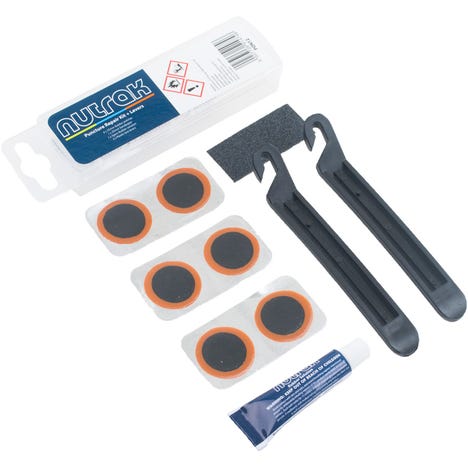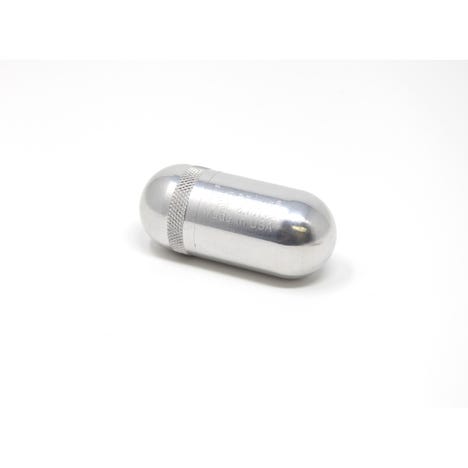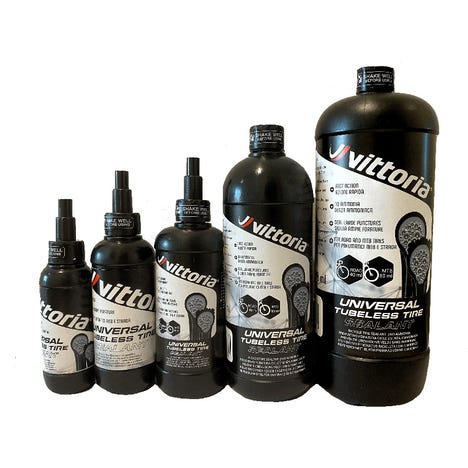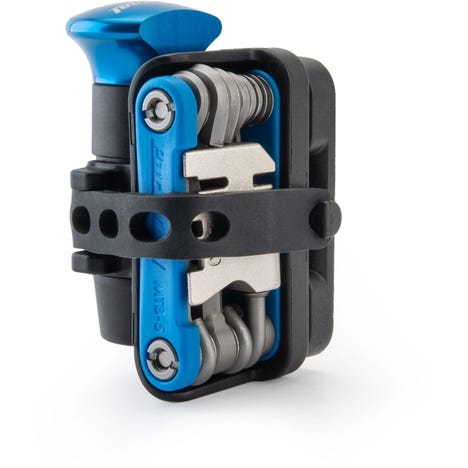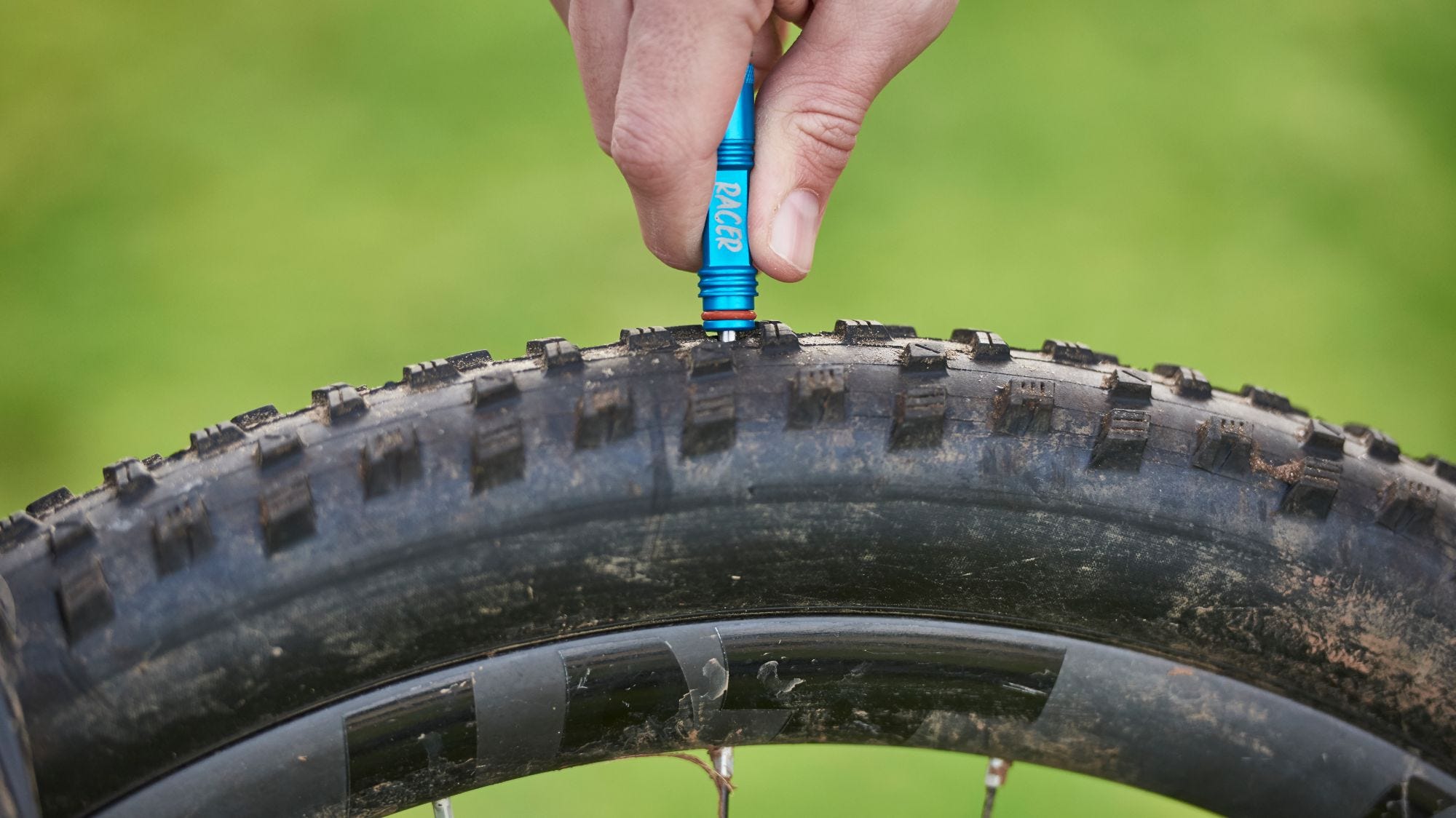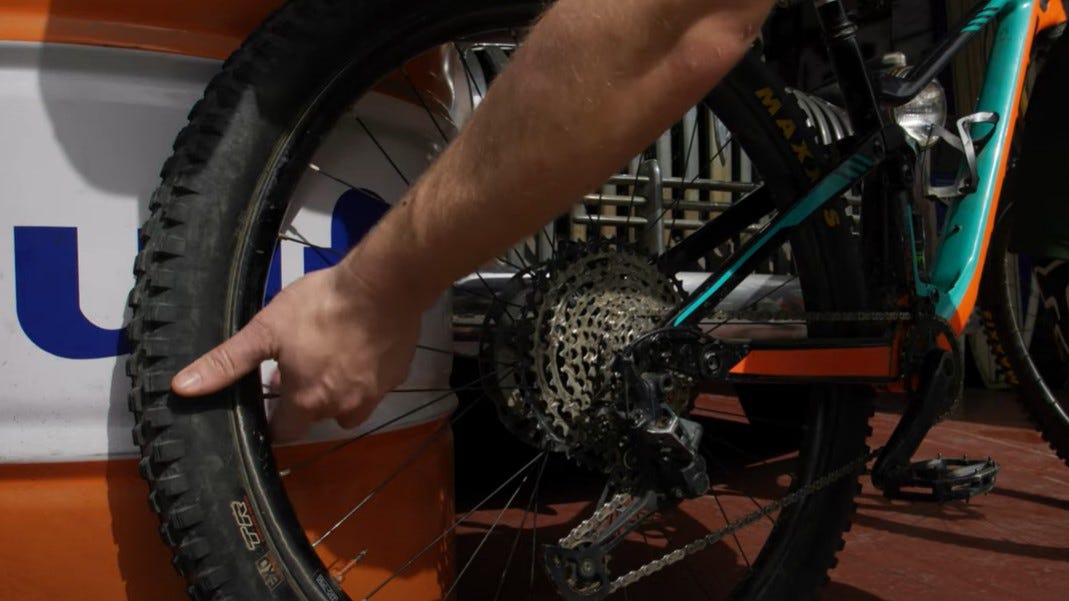Things to pack in your saddle bag (aka getting home when the worst happens)

Before anyone gets hung up on our use of the term 'saddlebag' this isn't just about neatly organising whatever you hang off your saddle rails. It's about what to take with you in whatever you use to carry spares be that jersey pockets, a hip pack, frame bag, bar bag, hydration pack or any other form of storage short of a team car.
Riding bikes is great, but every now and then - just like with cars - something unfortunate will go wrong and require some kind of on-the-fly repair. Fortunately bikes are much easier to fix by yourself than motor vehicles, and 90% of things can be at least temporarily mended by the road or trail side.
So here we're going to discuss what it might be nice to have with you to cover the greatest variety of potential mid-ride issues from punctures to bolts to chains and back again. Here we go...
Spare inner tube and/or tubeless plug
Before tubeless really took off, this was a far easier sub-heading to write. It went like this: spare tube, tyre levers, patches. Sorted. But the increasing popuarity of tubeless on and off-road means that something like a Dynaplug is pretty much essential to anybody's disaster recovery kit. So what is a Dynaplug? Well it's basically something that lets you plug any holes in your tubeless tyre. It does that using sticky little viscoelastic plugs that you punch through the hole, filling it up. It works, and works so well that in some cases you can keep on riding that plugged tyre for as long as you want and anything that helps extend the life of a bike component has to be a good thing. Especially if you're super unfortunate and puncture a brand new tyre on your first ride.
On top of a tubeless plugging system, it's always a good idea to carry a spare inner tube. While it might be a tight fit, most tubeless tyres can accept a tube and as a last resort to get you home which is especially for road or gravel riders who can be a really long way away.
The third part is the thing that people like to laugh at: a patch kit. Mock all you want but picture this: you're out on a long ride and you have two spare tubes with you. You get really unlucky and puncture twice - how many spare tubes do you have left now? Guess what, a third puncture. Now you're on the phone to someone who really doesn't want to postpone their weekend plans to drive and pick you up. But if you have a patch kit and a few patches with you then you're ready to take on many more punctures. Patches and vulcanising solution weigh maybe 20g? Why wouldn't you?
Mini Pump
Probably not one for a saddle bag (unless it's a very big saddle bag) but once you've mended a hole in a tyre or tube you're going to need something to reinflate it. A little bit like the logic for taking a patch kit is the logic for taking a mini pump. CO2 cartridges are great but they're one-and-done, while a mini pump can reinflate your tyre any number of times.
Mini pumps are yet another item that you really need to have a go with before you use them to actually try and fix a punture. That's because mini pumps come in all shapes and sizes and while getting the smallest one you can find might make sense from the point of view of having to carry it with you, if it takes 250 strokes to inflate your tyre you're going to get cross pretty quickly when fixing a puncture takes 25mins.
Chain quick link
A snapped chain is one of the more frustrating and difficult things to encounter when you're out for a ride (obviously not counting the terminal issues like a snapped frame or collapsed wheel). Once upon a time chains had to be fixed using connecting pins which was a pretty fiddly job to perform on the side of the road. The invention of the quick link has made life a lot easier, but you'll still need a chain tool (see below) with you to remove any broken links - and since the quick link only attaches 'inner' links to other inner links, a bit of chopping will almost always be required.
Multitool
Number one tip for choosing a multitool: don't just pick one at random or whatever looks nicest. Make sure it has every tool you'll need on it. For example, if your bike uses 4, 5 and 6mm allen bolts as well as T25 torx then your multitool needs to have all these attachments too. The only thing worse than not having a multitool if you need one is having one that can't get the job done. You should also make sure that the tool is able to reach all those bolts. If you have backwards facing stem bolts, for example, but the body of the tool is quite bulky, the last thing you want to do is have to tighten it a quarter of a turn at a time.
One important thing for a multitool - in reference to the above point - is to find one with a good chain tool. But again, make sure you've practised with that thing before you need it in anger (see a theme appearing here?). Some of them can be quite fiddly and the last thing you want is to have to familiarise yourself with it under pressure.
If you're planning a big day out or an adventure, you can find plenty of products to keep you on the road (or off the road) right here on Freewheel.

